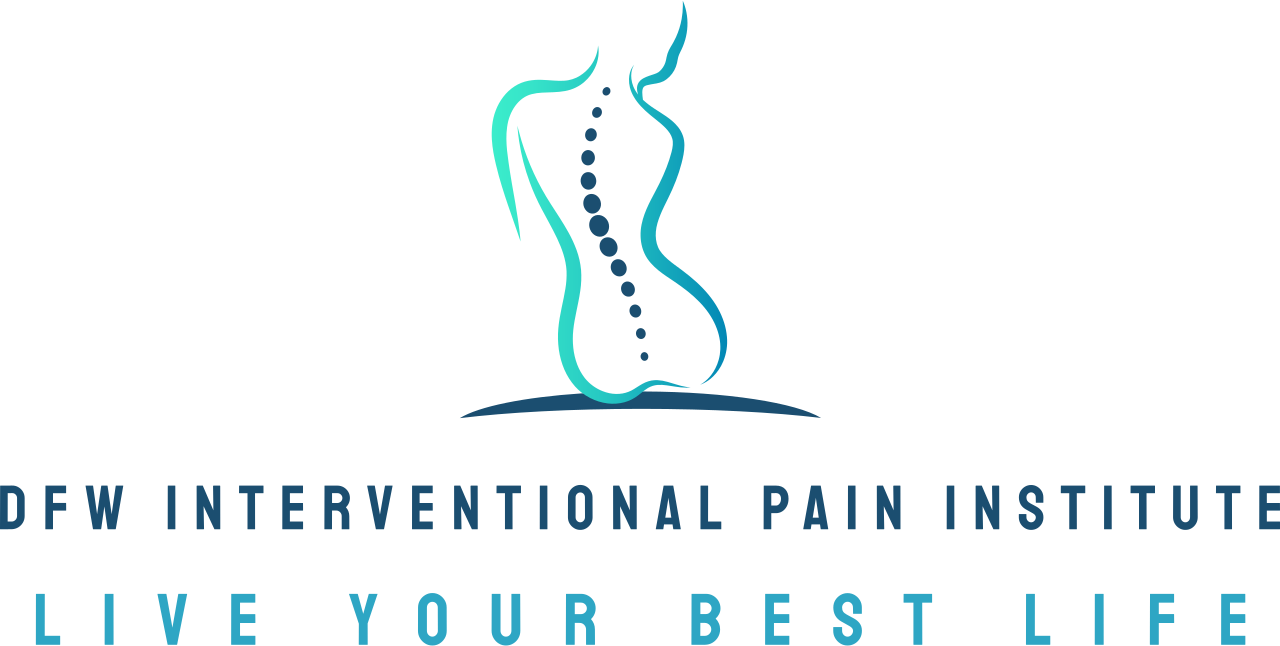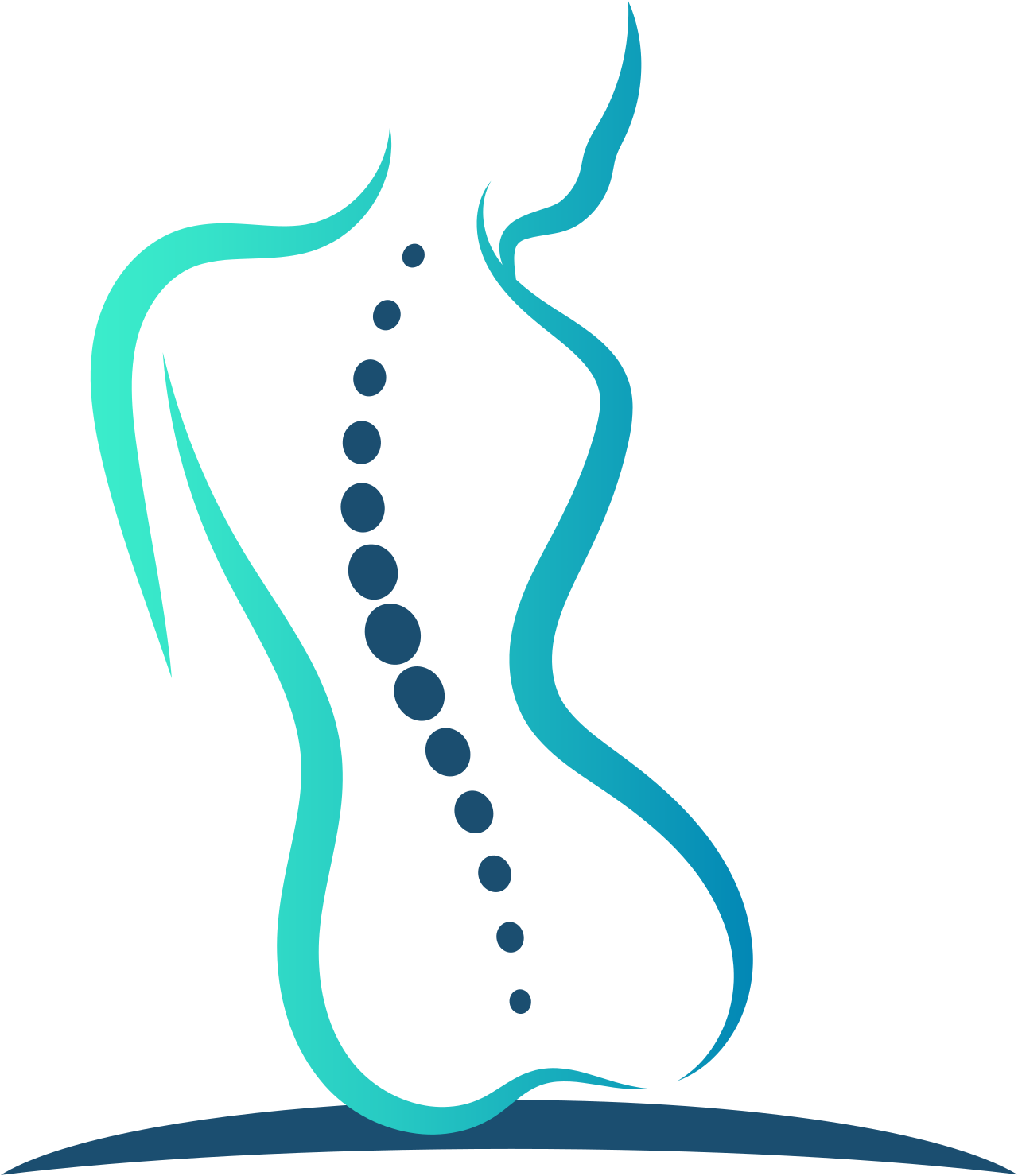How to manage back pain at home (and when to see a doctor)
Back pain affects millions of Americans every year, making it one of the leading causes of disability worldwide. Whether you're dealing with a sudden twinge after lifting something heavy or persistent discomfort that's been bothering you for weeks, learning how to manage back pain at home can provide significant relief and help you get back to your daily activities.
At DFW Interventional Pain Institute, Dr. Edrick Lopez and our team understand that not every episode of back pain requires immediate medical intervention. Many cases can be effectively managed with the right combination of home remedies, lifestyle adjustments and self-care strategies. This comprehensive guide will walk you through proven techniques for managing back pain from the comfort of your own home, while also helping you recognize when it's time to seek professional care.
Understanding back pain
Before diving into treatment strategies, it's important to understand what you're dealing with. Back pain can stem from various causes, ranging from simple muscle strains to more complex spinal conditions.
Common causes of back pain
Poor posture ranks among the most frequent culprits of back discomfort. Hours spent hunched over computers, looking down at phones or slouching on couches can strain and/or weaken the muscles and ligaments supporting your spine. Desk jobs, in particular, contribute significantly to back pain issues, as prolonged sitting places excessive pressure on spinal discs.
Other common causes include:
Sudden movements or awkward lifting
Muscle or ligament strains
Herniated or bulging discs
Arthritis and age-related wear
Stress and tension
Sleep position issues
Acute vs. chronic back pain
Understanding the difference between acute and chronic pain helps determine the best management approach. Acute back pain typically lasts a few days to several weeks and often resolves with conservative treatment. Chronic back pain persists for six months or longer and may require more comprehensive management strategies.
How pain affects daily life
Back pain doesn't just impact your physical comfort—it can significantly affect your mental health, sleep quality, work performance and relationships. The constant discomfort can lead to frustration, anxiety and depression, creating a cycle that makes pain management more challenging.
Immediate relief techniques
When back pain strikes, these immediate relief strategies can help reduce discomfort and prevent further injury.
Rest and activity modification
Contrary to old beliefs about complete bed rest, modern medicine recommends staying as active as possible while avoiding activities that worsen your pain. Short periods of rest (1-2 days maximum) can be helpful for severe acute pain, but prolonged inactivity often delays recovery.
Modify your daily activities by:
Avoiding heavy lifting or twisting movements
Using proper body mechanics when moving
Taking frequent breaks from sitting
Sleeping in comfortable positions that support your spine
Hot and cold therapy application
Temperature therapy can provide significant pain relief when applied correctly. Cold therapy works best during the first 48-72 hours after injury, helping reduce inflammation and numb pain. Apply ice packs for 15-20 minutes several times per day, always wrapping them in a thin towel to protect your skin.
Heat therapy becomes more effective after the initial inflammatory period has passed. Heat helps relax muscles, improve blood flow, and reduce stiffness. Use heating pads, warm baths, or heat wraps for 15-20 minutes at a time. Never apply heat directly to your skin or fall asleep with heating devices.
Over-the-counter pain relievers
Anti-inflammatory medications like ibuprofen (Advil, Motrin) or naproxen (Aleve) can help reduce both pain and inflammation. Acetaminophen (Tylenol) provides pain relief without anti-inflammatory effects. Always follow package directions and consult with your healthcare provider if you have underlying health conditions or take other medications.
Gentle exercises and stretches
Movement is medicine when it comes to back pain recovery. The right exercises can strengthen supporting muscles, improve flexibility and promote healing.
Low-impact exercises
Walking remains one of the best exercises for back pain. It's gentle on the spine while promoting blood flow and muscle activation. Start with short distances and gradually increase as tolerated. Swimming and water exercises are excellent options, as water provides buoyancy that reduces spinal pressure while allowing for gentle movement.
Stretching routines for back pain relief
Gentle stretching can help relieve muscle tension and improve flexibility. Some effective stretches include:
Knee-to-chest stretch: Lie on your back and gently pull one knee toward your chest, holding for 15-30 seconds. Repeat with the other leg.
Cat-cow stretch: On hands and knees, alternate between arching and rounding your back, moving slowly and smoothly.
Child's pose: Kneel on the floor, sit back on your heels, and reach your arms forward while lowering your chest toward the ground.
Importance of proper form
When performing any exercise or stretch, proper form is crucial. Move slowly and stop if you experience increased pain. Never force a stretch or push through sharp pain. Gradual progression prevents further injury and promotes safe recovery.
Creating an ergonomic home environment
Your home environment plays a crucial role in either supporting or sabotaging your back health.
Setting up an ergonomic workspace
If you work from home, proper workstation setup is essential. Position your computer monitor at eye level to prevent neck strain. Choose a chair that supports the natural curve of your lower back, or use a small pillow for additional lumbar support. Keep your feet flat on the floor and your knees at roughly 90-degree angles.
Proper posture tips
Good posture reduces stress on your spine throughout the day. When sitting, keep both feet on the floor, shoulders relaxed and avoid crossing your legs for extended periods. When standing, distribute your weight evenly on both feet, keep your shoulders back and engage your core muscles for support.
Mattress and pillow selection
Your sleep environment significantly impacts back pain. A medium-firm mattress typically provides the best support for most people with back pain. Your pillow should maintain the natural curve of your neck—side sleepers need thicker pillows, while stomach sleepers need thinner ones.
Alternative therapies and self-care
Complementary approaches can enhance your pain management strategy.
Mindfulness and meditation techniques
Stress often worsens pain perception. Mindfulness meditation, deep breathing exercises and progressive muscle relaxation can help break the pain-stress cycle. Even 10-15 minutes of daily practice can make a meaningful difference in how you experience and cope with pain.
The role of physical therapy
While this guide focuses on home management, understanding the value of physical therapy is important. A physical therapist can teach you specific exercises tailored to your condition, correct movement patterns, and provide hands-on treatments that complement your home care efforts.
Trigger point injections as an effective solution
For some types of muscle-related back pain, trigger point injections can provide significant relief. These minimally invasive procedures target specific tight areas in muscles, delivering medication directly to the source of pain. At DFW Interventional Pain Institute, Dr. Lopez uses trigger point injections as part of comprehensive treatment plans for patients who haven't found adequate relief from conservative measures alone.
When to seek professional help
While many cases of back pain improve with home management, certain signs indicate the need for professional evaluation.
Signs that warrant a visit to a pain specialist
Contact a healthcare provider if you experience:
Severe pain that doesn't improve after a few days of home treatment
Pain that radiates down your leg, especially below the knee
Numbness, tingling or weakness in your legs
Pain following a significant injury or fall
Fever accompanying your back pain
Loss of bladder or bowel control
The benefits of seeing a pain management physician
Pain management specialists like Dr. Edrick Lopez here at DFW Interventional Pain Institute bring specialized expertise in diagnosing and treating complex pain conditions. They can offer advanced treatment options that aren't available through general practice, including specialized injections, nerve blocks and other interventional procedures.
Overview of treatments at DFW Interventional Pain Institute
At DFW Interventional Pain Institute, Dr. Lopez and our team take a comprehensive approach to back pain treatment. After a thorough evaluation that includes listening to your concerns, reviewing medical history, and performing physical examinations, we'll develop personalized treatment plans that may include physical therapy, medications, interventional procedures or referrals to other specialists when appropriate.
Take control of your back pain with our help at DFW Interventional Pain Institute
Managing back pain at home requires patience, consistency and the right combination of strategies. Remember that recovery often takes time, and what works for one person may not work for another. The key is finding the combination of techniques that provides you with the best relief while supporting your overall health and well-being.
While home management strategies can be highly effective for many types of back pain, don't hesitate to seek professional help when needed. At DFW Interventional Pain Institute, Dr. Lopez and our team are committed to helping you find relief and get back to living your best life. Our patient philosophy is simple: living with pain is not your only option.
If your back pain persists despite trying these home management strategies, or if you're experiencing any of the warning signs mentioned above, consider scheduling a consultation with our team. We're here to provide the specialized care and support you need to overcome chronic pain and return to the activities you love.

